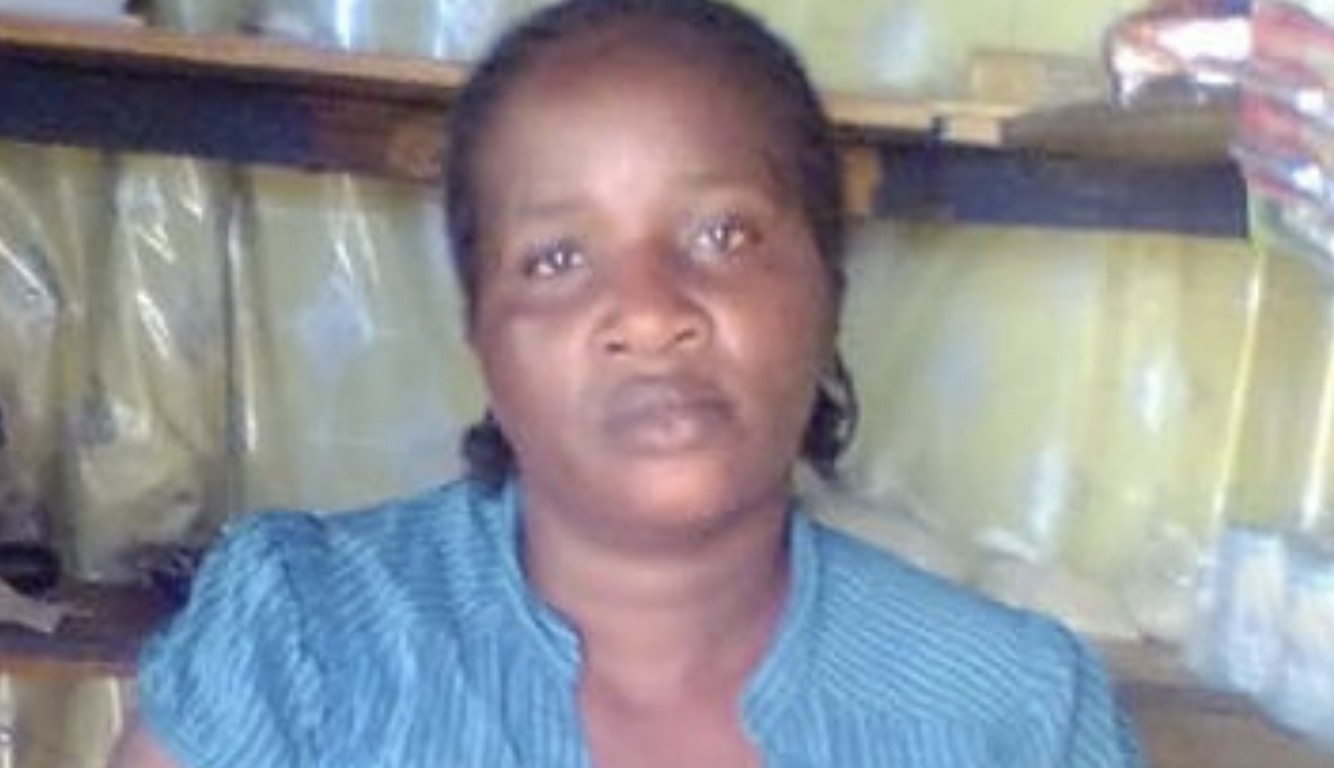Micro finance is essentially a business of scale, where it operates on maximizing its
customer’s (whether it be lender or borrower) utilization of financial prospects at the
lowest cost. It is important to note that one of the biggest challenges facing
microfinance service providers, particularly in rural areas of the developing world,
is implementing a Management Information System (MIS) that can interface with
a large number of clients across a region with unreliable physical infrastructure
(communication, power, transport, etc.) Fortunately, the advent of mobile phone
technology led to the proliferation of basic microfinance services, especially in
remote areas and has led to activities such as: payment services for utility or other
bills through mobile phones, money transfers between accounts, specifically remittances.
The appeal behind the usage of mobile phone technology is derived due to some of the following factors:
- Service characteristics of mobile banking: it is convenient, flexible, affordable and in close proximity to the poor.
- The right position of mobile technology: it competes with other financial services in its own right by being cheap, convenient and safe, which is much more than what regular banks have to offer to the general public.
- Offering the right product in mobile banking: Considering the masses of migrant workers in countries offering mobile banking (Pakistan, Kenya, Uganda, Philippines), there is a big market for money transfers on account of remittances. As a result, this is major source of revenue for MNOs offering mobile banking services.
- Giving customers the banking service they need: Customers tend to be myopic and are generally not aware of their future needs. Beyond just paying their remittances, customers can use their phones to pay their utility bills, microloans and their ability to send donations to NGOs and governmental organizations.

One of Kenya’s biggest success stories came in the guise of its M-Pesa program. The initial concept of M-Pesa was to create a service which allowed microfinance borrowers to conveniently receive and repay loans using the network of Safaricom airtime resellers.[3] This would enable microfinance institutions (MFIs) to offer more competitive loan rates to their users, as there is a reduced cost of dealing in cash. The users of the service would gain through being able to track their finances in an easier manner. But all good stories must to come to an end. In the case of M-Pesa, the service was trialled, and customers started adopting the service for a variety of alternative uses. Complications arose with Faulu, the partnering MFI. M-Pesa was re-focused and launched with a different value proposition: sending remittances home across the country and making payments. Nonetheless, the program was a success, especially in its advocacy for simplicity in its usage. There is also the glaring reality that while business models around the world are still being refined, mobile payment experiments in developing countries seem to be primarily driven by safety, rather than by mere convenience.
Mobile banking continues to be an innovative method of conducting personal finances in developing countries. It has developed substantially to such an extent that micro-initiatives are also being catered towards population segments in richer nations, where it is seen as being safer than carrying around cash and for providing much-needed access to a wide variety of financial services.


